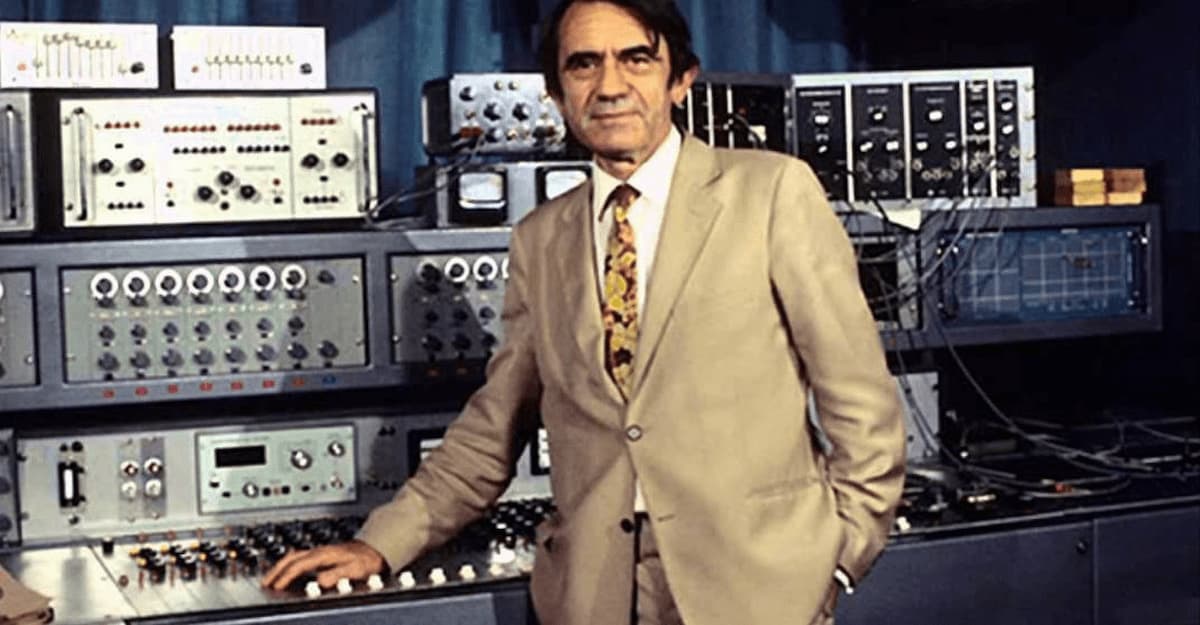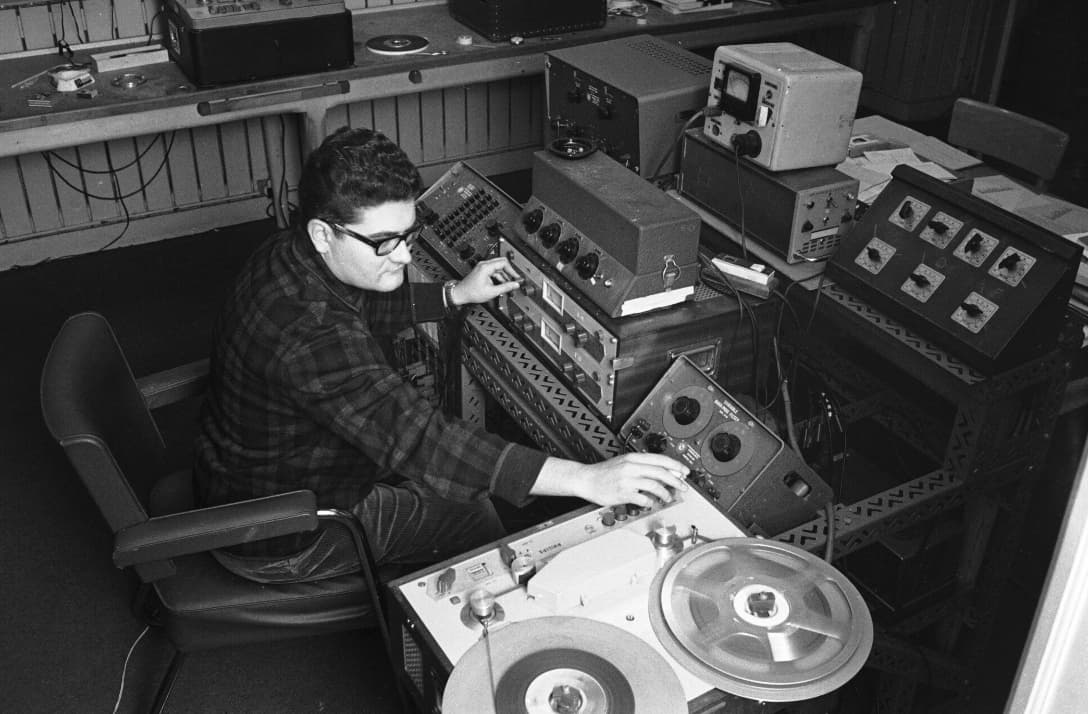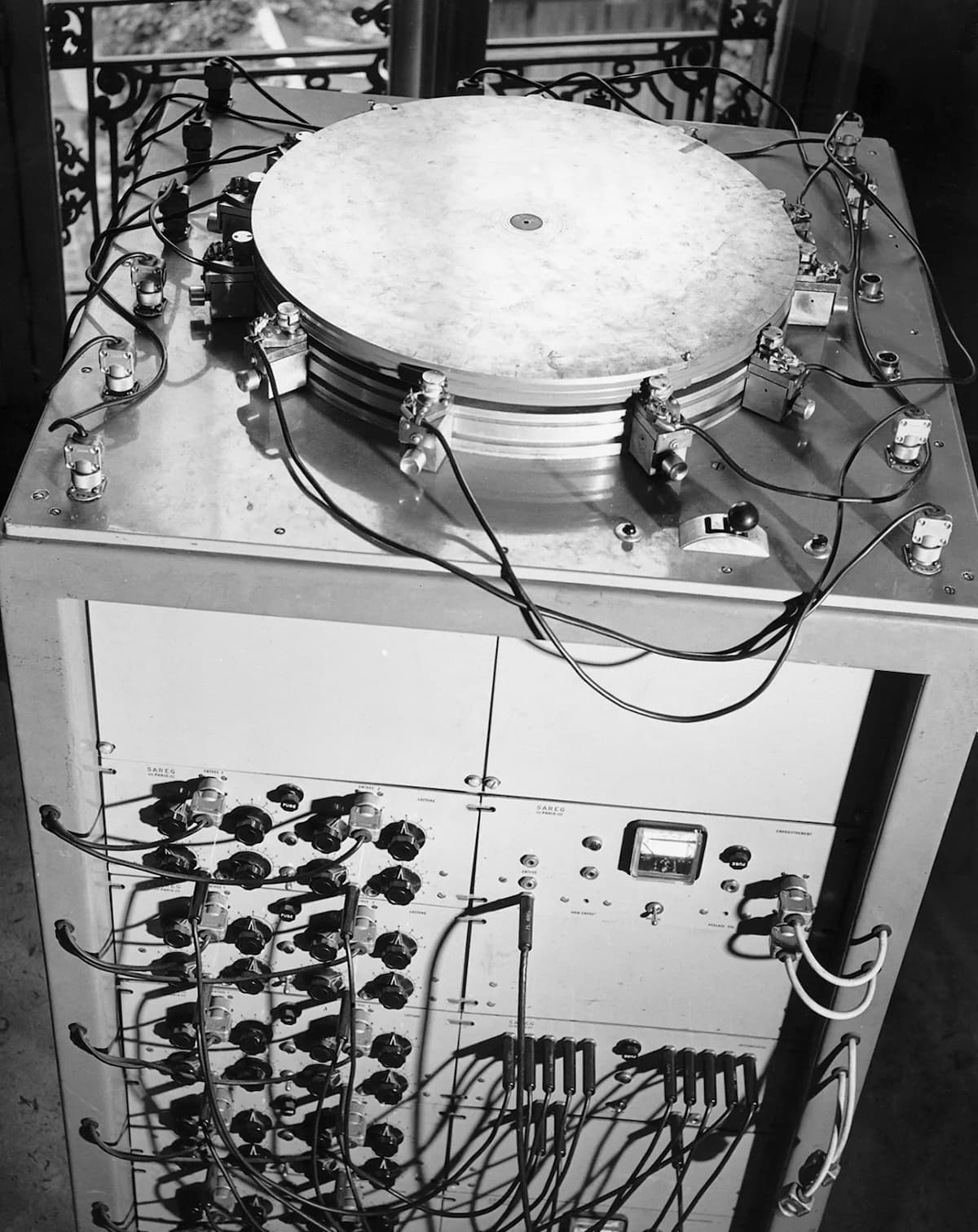What exactly is musique concrète and what has it done to the musical world? For starters, it would have not existed if it were not for two important influences; visual arts and philosophy — the Dadaists’ approach to making art for instance, and the philosophy of stoicism allowing one’s passivity to overtake one’s activity.

Pierre Schaeffer © electronicbeats.net
The main actors of musique concrète are mostly French, through its theoretical father Pierre Schaeffer as well as Pierre Henry, Jacques Pollin, and the Groupe de Recherches de Musique Concrète, Club d ‘Essai of the Radiodiffusion-Télévision Française which would later gather musicians such as Olivier Messiaen, Pierre Boulez, Jean Barraqué, Karlheinz Stockhausen, Edgard Varèse, Iannis Xenakis, Michel Philippot, and Arthur Honegger. Most of these figures have been some of the most important actors of modern music too, outside of their works in musique concrète, and the direction of music as we know it today has been shaped by their works.
Iannis Xenakis: Pithoprakta
Of course, musique concrète would have not developed without the miracles of technology; microphones, phonographs, and later magnetic tape recorders were the initial tools of the composers, and later computers facilitated the manipulation of recordings and sounds.
Musique concrète steers away from traditional sounds, harmony, and rhythm and explores the music of sounds. Their manipulation is at the heart of the works of musique concrète composers. It is about thinking outside of the musical world as we know it and navigating through the plethora of sounds offered by the world, and in most cases, man-made.
Musique concrète had one important challenge; its reach. Melody and harmony are very unconcrete — pardon the pun — and it takes a lot of pre-thinking to approach this musical world and appreciate its beauty. Essentially it became and stayed forever a music made by musicians for musicians, and to its best extent artists and melomanes.

Pierre Henry in the 1950s © Jean-Regis Rouston/Roger Viollet
However, what does musique concrète teach us above all? To understand and appreciate the music of the world. The natural sounds on one side, and the ones that mankind has created. If one can disagree about all of them being equal, or not, one should not disregard all of them without giving a chance to the music of the environment — a concept which resonates with ambient music of course.
If musique concrète has not — and would not — become mainstream, it has nevertheless influenced the way music is conceived today. If musicians are now working with sounds treated equally, it is thanks to the works of these groups of composers. Electronic music, ambient music, and pretty much any sort of modern music that does not limit itself to the sounds of traditional instruments owe something to musique concrète.
Pierre Henry & Michel Colombier – Jericho Jerk
Although musique concrète has only attracted a niche of listeners its influence on modern music is immense, particularly in popular music; from the Beatles to Frank Zappa, the Grateful Dead, Pink Floyd, Kraftwerk, Brian Eno, Björk, as well as all of Free jazz or Hip-Hop’s music too.

Morphophone, a tape loop-delay mechanism designed by Jacques Pollin © 120 Years of Electronic Music
I often think of Bach as having laid the rules of music as we know it today in our Western world; Debussy having liberated tonality from it, Schoenberg having liberated atonality, and Cage having liberated sound. And it is this liberation — which in fact came before Cage himself — that is the nucleus of musique concrète.
For more of the best in classical music, sign up for our E-Newsletter
